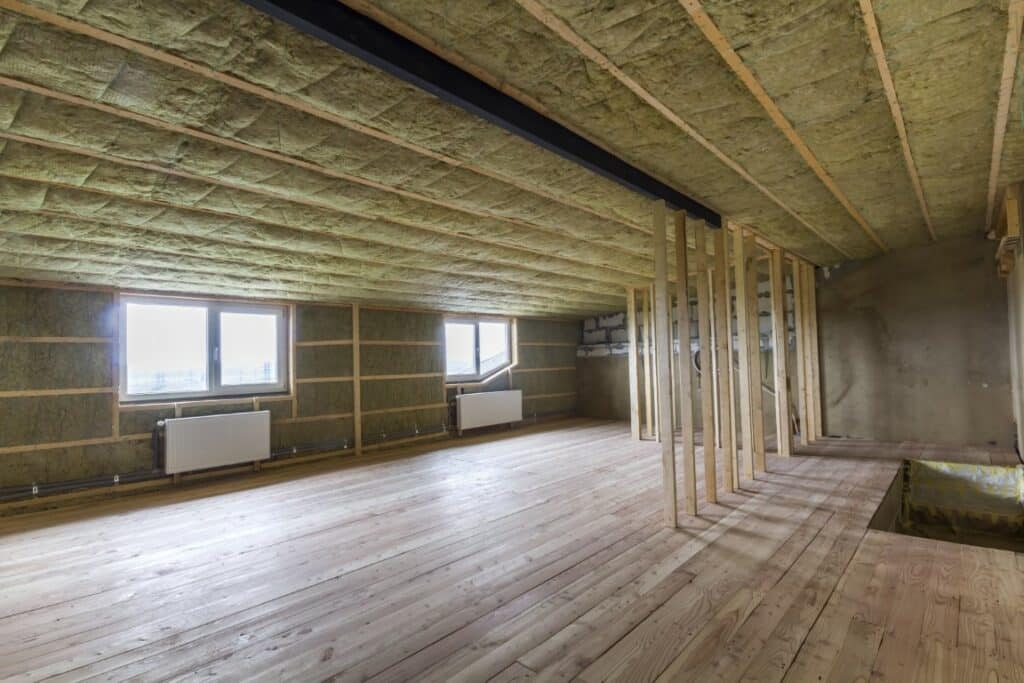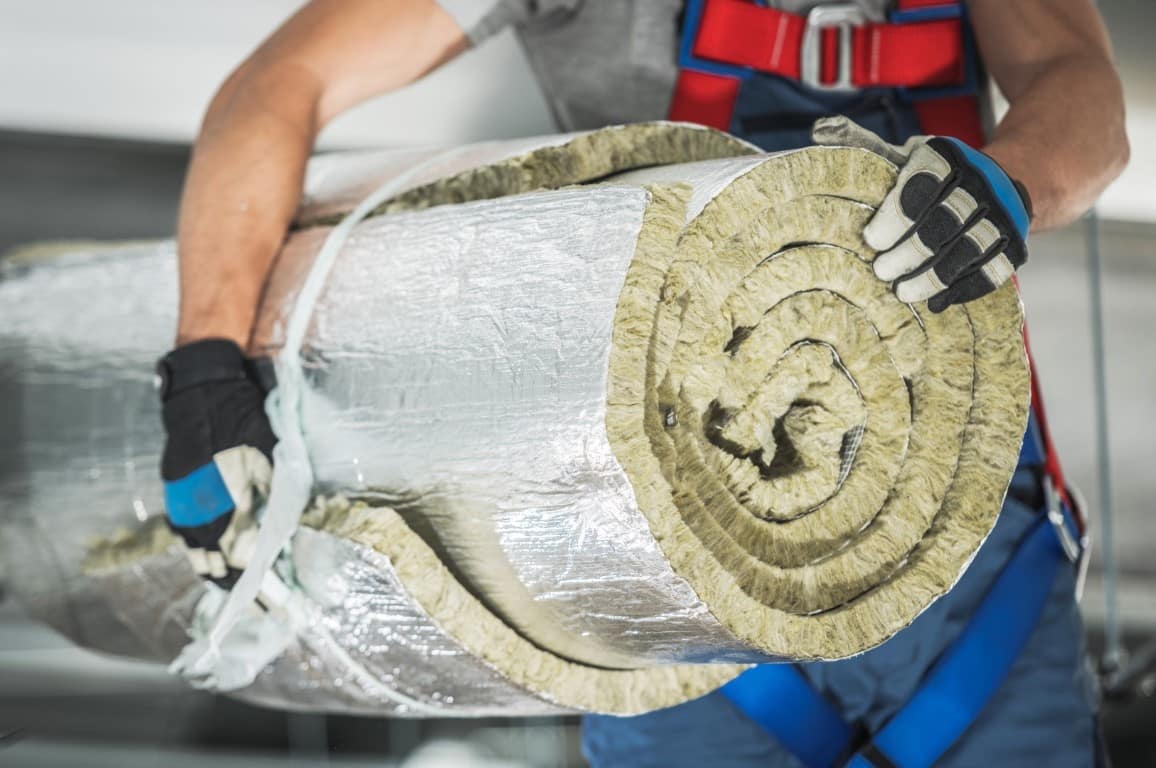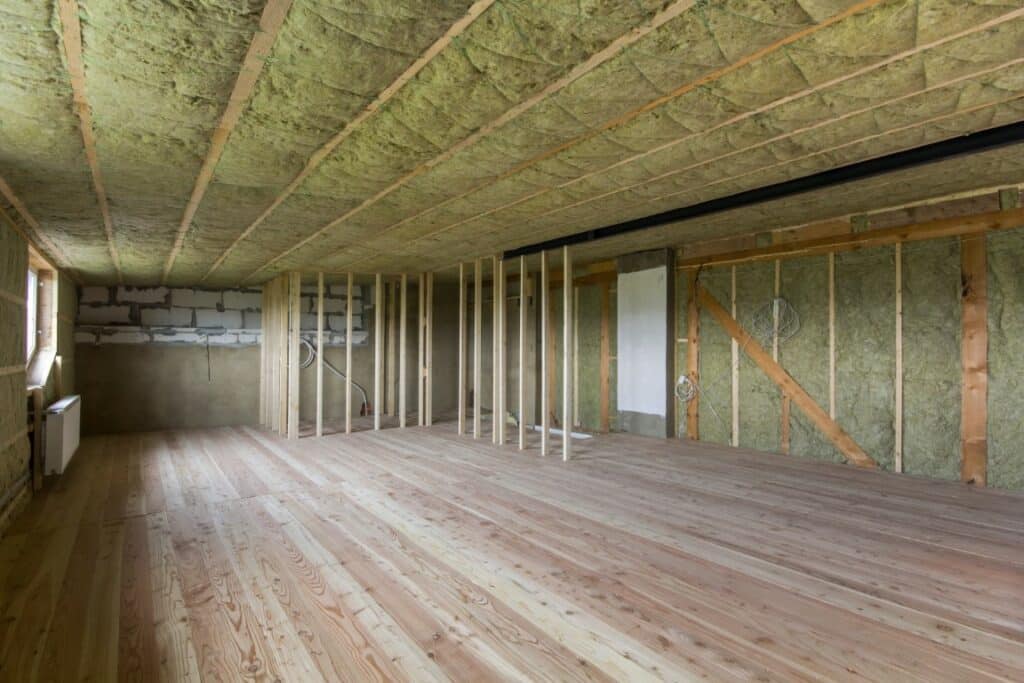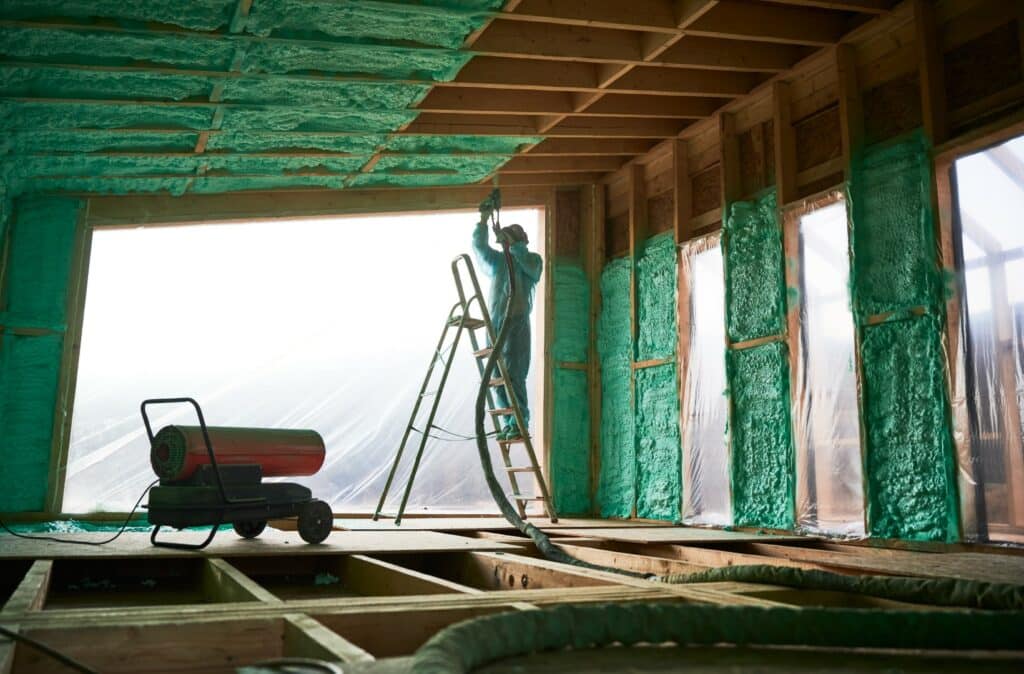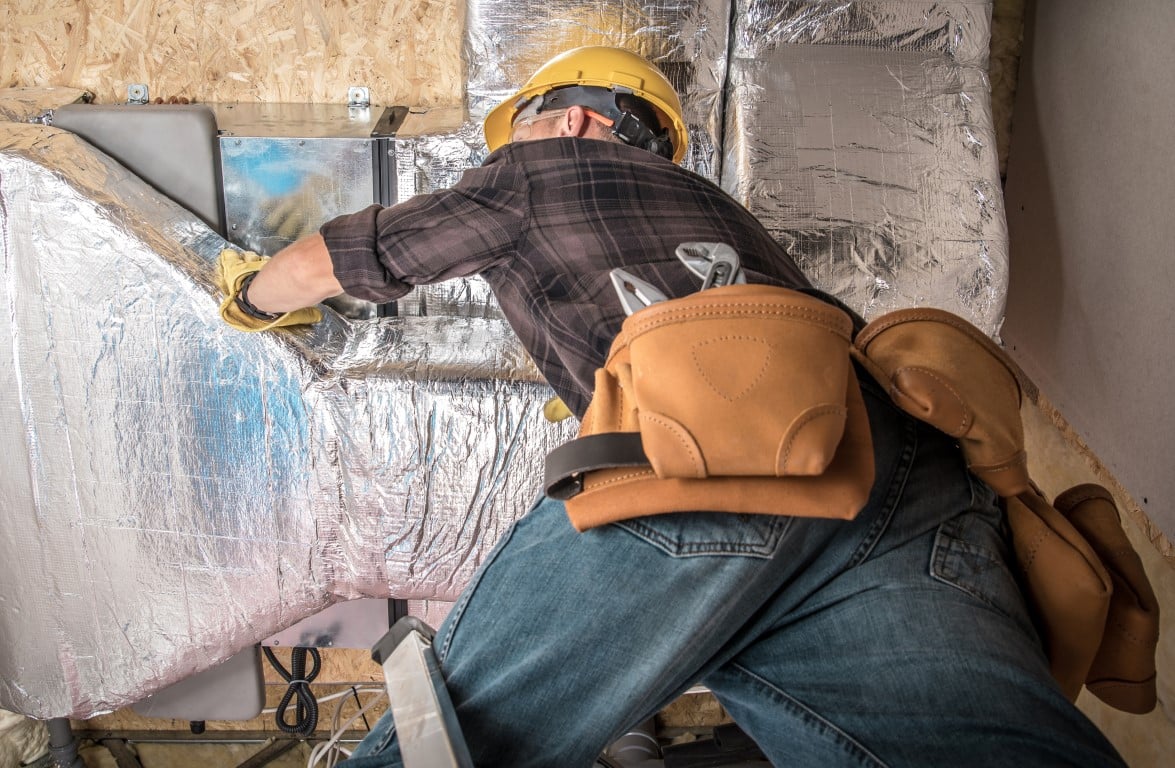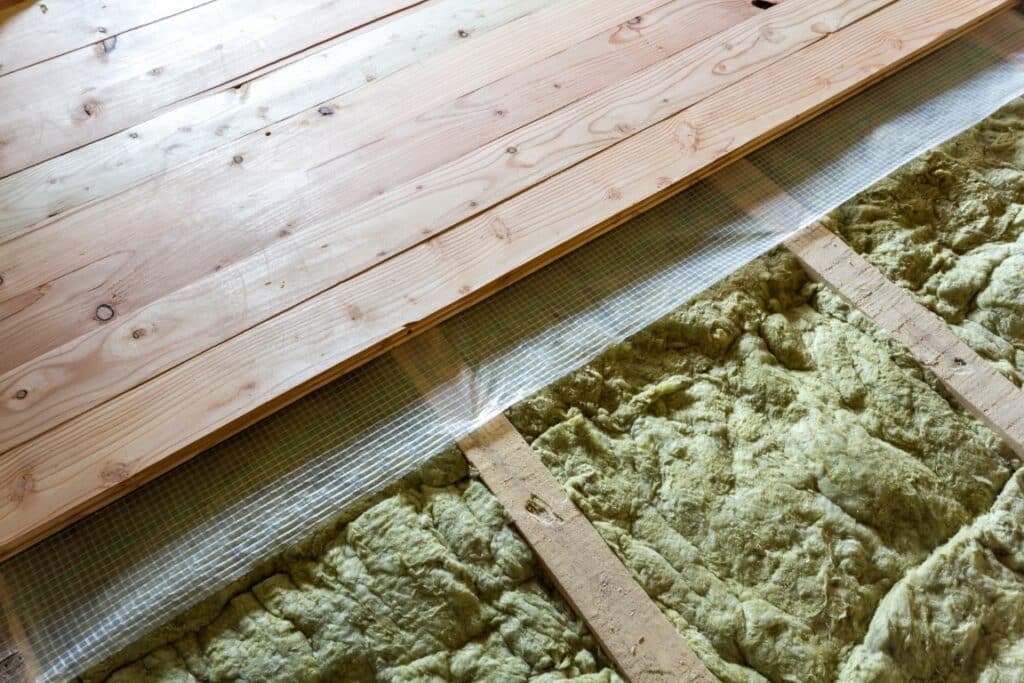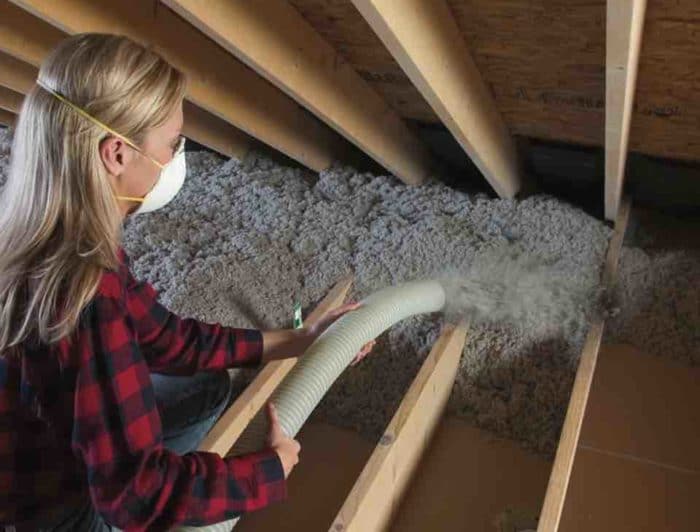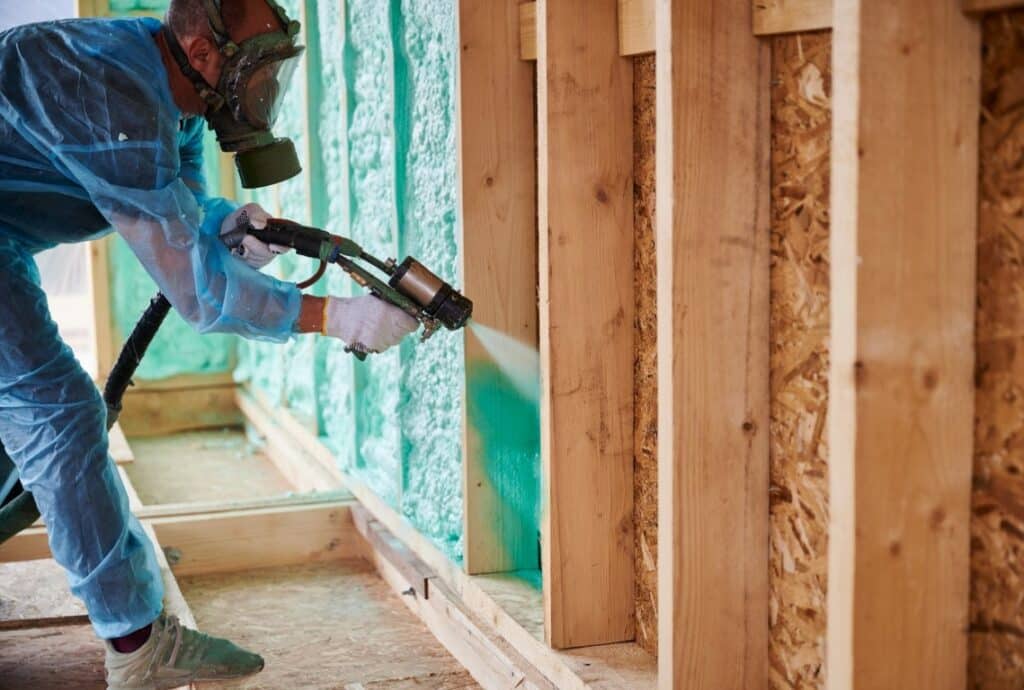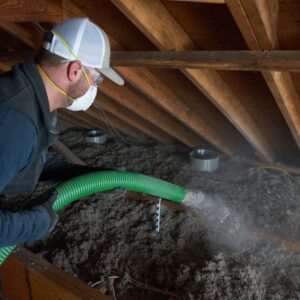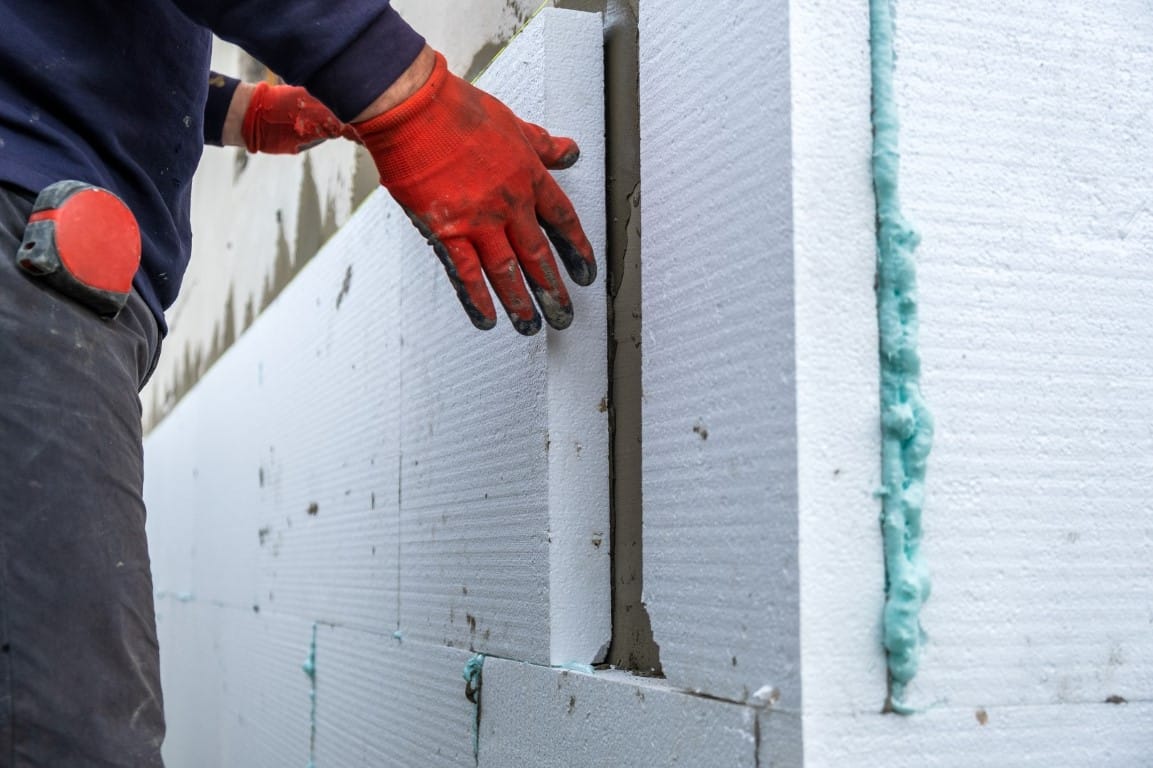Batt & Roll Insulation Rebates 75-100% off costs.


Recoup up to 75%-100% of your expenses for complete home insulation. Energize Connecticut programs are offering $1.70/square foot for Eversource and United Illuminating customers.
Ideal for new construction and retrofit projects alike, batt, roll, and blanket insulation types are versatile, cost-effective, and suitable for a wide range of applications, including walls, floors, and attics. Home Comfort Practice will guide you through selecting the perfect insulation solution to meet your home's specific needs and budget.
Types and Properties of Batt Insulation
Batt insulation, commonly available in the form of rolls and battens, is a widely used insulating method in residential and commercial buildings. The primary materials used for batt insulation include fiberglass and mineral wool, also known as rockwool insulation. These materials are chosen for their excellent thermal resistance and soundproofing capabilities.
Fiberglass Insulation: This is the most prevalent type of batt insulation, consisting of fine strands of glass woven together. It is lightweight, cost-effective, and provides good thermal resistance. Fiberglass insulation is available in various R-values, typically ranging from R-13 to R-31, to meet different insulation needs and energy efficiency standards.
Mineral Wool Insulation: Made from rock or steel slag, mineral wool insulation is known for its fire resistance and soundproofing properties. Like fiberglass, it comes in various R-values suitable for different climate zones and building specifications. Mineral wool is denser than fiberglass, providing a slightly higher R-value per inch.
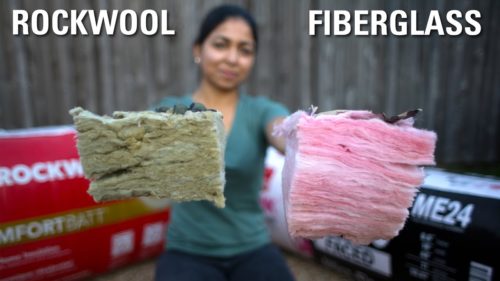
Batt insulation is designed to fit standard wall, floor, and ceiling cavities, and can be easily cut or trimmed to fill irregular spaces. Many batt insulations come with facing materials like foil or paper, which act as vapor barriers and can help in controlling moisture, enhancing their insulating effectiveness. Some facings also provide flame-resistant properties, adding an extra layer of safety to buildings.
Installation of Batt Insulation
The installation of batt insulation is a critical process that influences the effectiveness of the insulation's thermal performance:
- Preparation: Before installation, remove any old insulation and ensure that the space is clean. Air sealing gaps around penetrations and seams is crucial to prevent air leakage, which can significantly reduce the insulation's effectiveness.
- Measurement and Cutting: Measure the space accurately and cut the insulation batts to fit snugly between studs, joists, and beams. For the best performance, the insulation should fill the cavity completely without being compressed.
- Fitting Around Obstructions: Insulation should be cut precisely to fit around any obstacles such as wiring or plumbing. This ensures a uniform layer of insulation without gaps or voids, adhering to the Grade 1 standard as defined by residential energy efficiency guidelines.
- Installation: Fit the batts firmly into place, starting from one side of the cavity to the other, and from top to bottom. If faced insulation is used, the facing should typically face the warm side of the building (varies depending on climate).
- Final Touches: After installing the batts, cover them with drywall or another type of wall finish. Seal any seams in the finish to maintain the integrity of the vapor barrier.

Cost of Batt Insulation
The cost of batt insulation can vary widely based on material, R-value, and the area to be insulated. Generally, fiberglass insulation is the most cost-effective option, making it a popular choice for many homeowners. Mineral wool insulation is slightly more expensive due to its higher density and improved fire resistance.
Comparison with Other Insulation Types:
- Cellulose Insulation: Typically less expensive than fiberglass and mineral wool, cellulose is an eco-friendly option made from recycled paper. However, it may require professional installation, especially for blown-in applications, which can increase overall costs.
- Rigid Foam Insulation: This type is more expensive than batt insulation but offers higher R-values per inch. Rigid foam is often used in specific applications, such as exterior insulation, and is less likely to be used in standard wall cavities.
- Spray Foam Insulation: While offering superior air sealing and higher R-values, spray foam is significantly more expensive than batt insulation. The initial higher cost can be offset by energy savings over time, but the upfront investment is considerable.
In general, batt insulation remains a cost-effective and practical solution for many standard insulation projects. When comparing costs, it's essential to consider not only the initial investment but also the potential energy savings, the specific needs of the building, and the local climate conditions.
Where to Use Batt & Roll Insulation
-
Batt & Roll Insulation for Attics

Batt & Roll Insulation for Attics
Batt insulation in attics is cost-effective and easy to install between rafters, significantly improving thermal resistance and reducing overall heat loss from the home.
-
Batt & Roll Insulation for Walls

Batt & Roll Insulation for Walls
Available in various thicknesses and materials, is ideal for walls due to its ease of installation and ability to fit snugly between studs, providing consistent thermal performance and improving home comfort.
-
Batt & Roll Insulation for Basements

Batt & Roll Insulation for Basements
In basements, batt insulation can be fitted between framing members to help regulate temperature, reduce moisture-related issues, and create a more comfortable living space.
-
Batt & Roll Insulation for Ceilings

Batt & Roll Insulation for Ceilings
Applying batt insulation in ceilings is a straightforward way to minimize heat transfer between floors, contributing to a quieter and more energy-efficient home environment.
-
Batt & Roll Insulation for Crawlspaces

Batt & Roll Insulation for Crawlspaces
Installing batt insulation in crawl spaces can prevent cold air from seeping into the home, protecting pipes from freezing and improving overall energy efficiency.
-
Batt & Roll Insulation for Ducts

Batt & Roll Insulation for Ducts
Wrapping ducts with batt insulation helps maintain air temperature within the ductwork, improving the efficiency of heating and cooling systems and reducing energy costs.
-
Batt & Roll Insulation for Floors

Batt & Roll Insulation for Floors
Batt insulation under floors, especially above unheated spaces, can significantly reduce heat loss and help maintain consistent indoor temperatures for increased comfort.
-
Batt & Roll Insulation for Foundations

Batt & Roll Insulation for Foundations
Fitting batt insulation against foundation walls inside a basement can help mitigate heat loss through the foundation, contributing to a warmer and drier basement environment.
Qualify for Batt & Roll Insulation Rebates by Getting a Home Energy Audit
$0
$0
Average Annual Energy Savings$0
Weatherization Service Value$0
Average 1st Year SavingsRebates for Batt & Roll Insulation
| Energize CT Rebate: $1.70 per Square Foot | |
|---|---|
| Avg. Initial Cost | $1500-$10000 |
| Max Rebate | N/A |
| Avg. Lifetime Savings | $4000 |
Claim up to $1.70 per square foot on approved insulation projects recommended during a Home Energy Solutions assessment.This may cover between 75-100% of insulation costs!
| IRA Tax Credit: % of Costs | |
|---|---|
| 25C Max Credit | $1600 |
| 25D Max Credit | Uncapped |
The Inflation Reduction Act tax credit for weatherization in Connecticut offers homeowners a 30% tax credit for eligible projects, with a maximum claim of $1,200 per year. It covers insulation, air sealing, doors, windows, and energy audits. Weatherization reduces energy waste, lowers bills, and improves home comfort while decreasing carbon emissions.
| IRA Electrification Rebate: $1600 | |
|---|---|
| Upfront Discount | 50%-100% of Costs |
| Avg. Initial Cost | N/A |
Connecticut homeowners may be eligible to claim up to $1,600 for their weatherization project through the Inflation Reduction Act Electrification Rebate program, depending on their income. Low-income households can receive 100% coverage of weatherization costs, while moderate-income households can receive 50% coverage. (The total cap for Electrification Rebates across all qualified projects is $14,000.)
Other Types of Insulation
-
Spray Foam Insulation

Spray Foam Insulation
Spray foam is versatile, airtight and excellent for uneven surfaces and gaps.
Learn More -
Blown Cellulose Insulation

Blown Cellulose Insulation
Blown-in cellulose is time-tested, fire-resistant and very cost effective.
Learn More -
Rigid/Foam Insulation

Rigid/Foam Insulation
Rigid foam insulation is an excellent option for insulating flat surfaces and can be cut to size to fit exactly within or on top of gaps.
Learn More
Frequently Asked Questions about Batt & Roll Insulation
The best type of roll or batt insulation depends on the specific needs of different areas within a home, such as attics, walls, and floors, factoring in performance goals, structural attributes, and budget constraints. Each type comes in various dimensions and R-values, with materials ranging from natural fibers to man-made composites, and may include special facings for additional functionality.
Roll and batt insulation are suitable for various residential applications: roll insulation is best used in large, uninterrupted spaces such as over attic floors, while batt insulation is ideal for fitting between studs, joists, and beams in unfinished walls, floors, and ceilings, accommodating standard spacing and obstructions.
Both roll and batt insulation offer unique advantages: roll insulation provides a cost-effective solution for covering large areas quickly with fewer seams, while batt insulation is convenient and easy to install in spaces with standard stud and joist spacing, making it effective for detailed thermal and acoustic control in specific areas.
The R-Values for both roll and batt insulation typically range from R-13 to R-31, impacting insulation efficiency based on the compatibility with the intended application area, such as in wall studs, attic trusses, or floor joists, with specific products designed to meet the thermal resistance needs of different building zones.
When comparing roll and batt insulation, consider factors such as installation ease, with batts being more straightforward in predefined spaces and rolls offering more flexibility in covering large areas. Cost-effectiveness can vary based on area coverage and material, while effectiveness depends on the correct installation and matching the product to the intended application's thermal requirements and moisture control needs.

